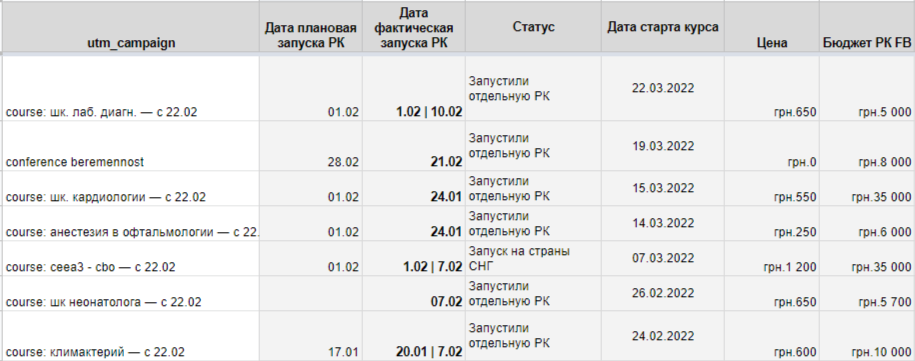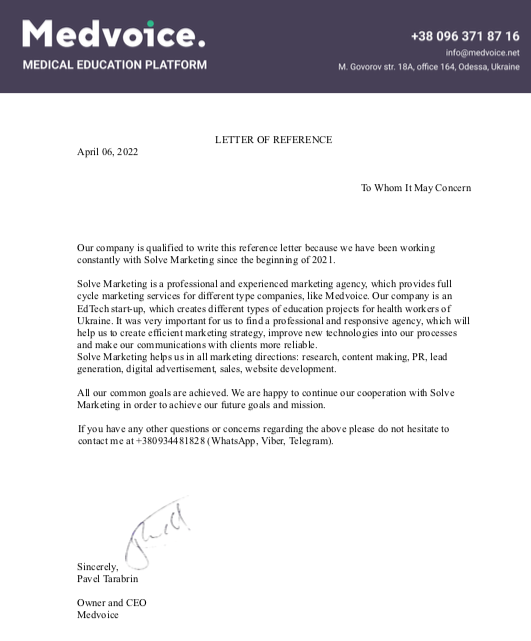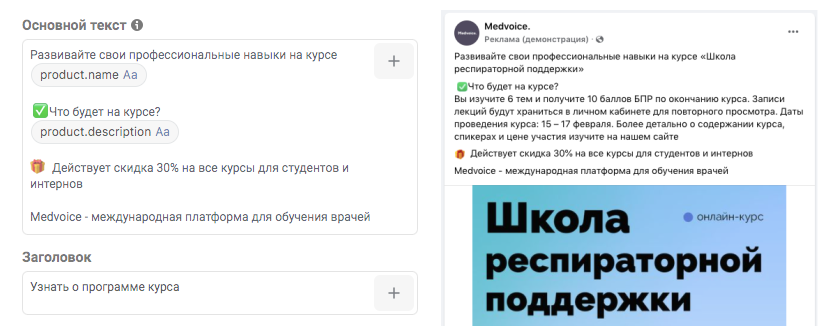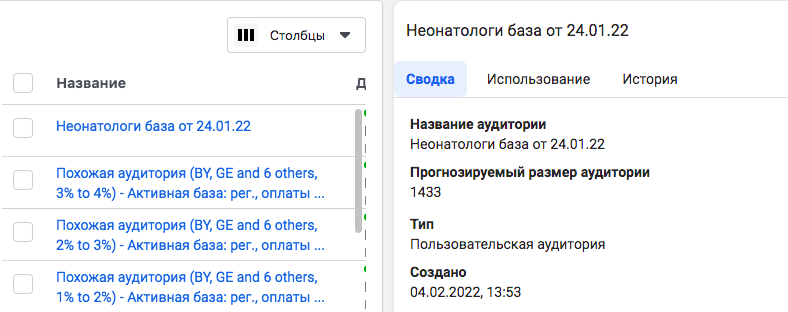How to attract the right number of leads despite a limited advertising budget? In this case study, we share how we solved this and other problems, as well as how we exceeded the plan for the medical learning platform.
Briefly about our results for 8 months of work
Glossary of terms
ROAS — Return on Advertising Spend. The return on advertising costs or a specific advertising campaign.
Results for 1.11.21-24.02.22
The project has been underway since September, but we started digitizing data via Google Data on November 1, 2021

Results for 1.05.22-1.08.22

The CMO of the project is Serhii Soloviov.
Services — remote marketing department: setting up analytics, auditing advertising creatives, and texts, setting up and launching Facebook ADS.
Case navigation:
- Our customer
- Stage one. Identification of needs
- Stage two. Research
- Our team
- Our workflow
- Results
- The bonus part
Approximate time to read the case — 13 minutes
Our customer
Medvoice is an international medical training platform for the development of the professional skills of doctors.
Features of our customer:

Stage one. Identifying needs and building a strategy
We consulted with our customer and identified the following features:
№1: the maximum price per lead is set separately for each course and cannot be exceeded;
№2: many courses are launched simultaneously on the platform;
№3: each course has its plan for the number of leads.
To solve these issues, we proposed the following strategy:

Stage two. Marketing research
We always conduct marketing research when we start working on a new project. It helps us find answers to the following questions:
Our team
After consulting with the customer and conducting research, we form a team of specialists who can fulfill all the tasks:
Workflow
After completing all the preparatory stages, we started working on the implementation of our strategy.
1. Work organization
At Solve Marketing, we regularly use Google Sheets to organize and automate internal processes. So this time, we used this experience to create a convenient format for controlling the launch of many courses simultaneously:
2. Setting up results tracking
To regularly track the cost and number of leads and make timely changes to the budget, we set up automatic data collection from ad accounts and data visualization in Google Data Studio. This allowed us to get the maximum number of leads within a fixed price. And regular analysis allowed us to evaluate the effectiveness of advertising and make timely adjustments.
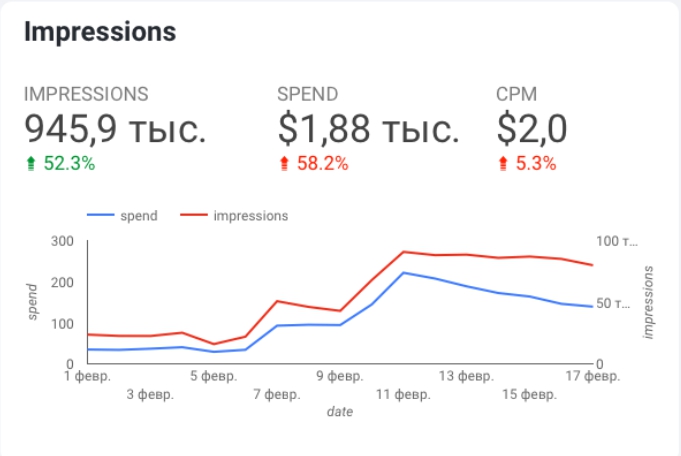
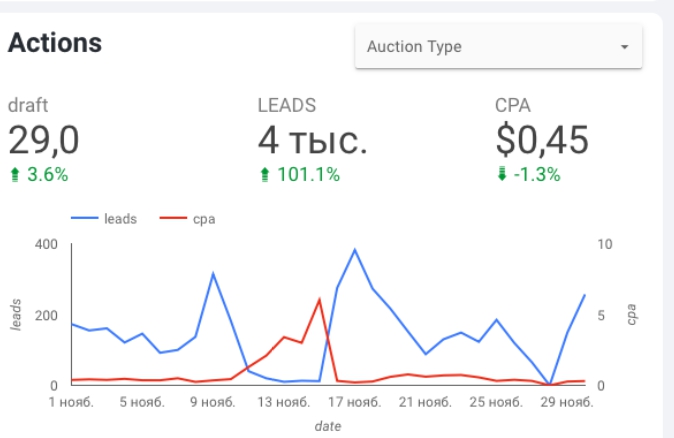
Since the customer has set the maximum cost per lead separately for each course, our task is to reduce it. This is necessary to increase the advertising budget for a particular course and bring in the maximum number of leads at the same price.
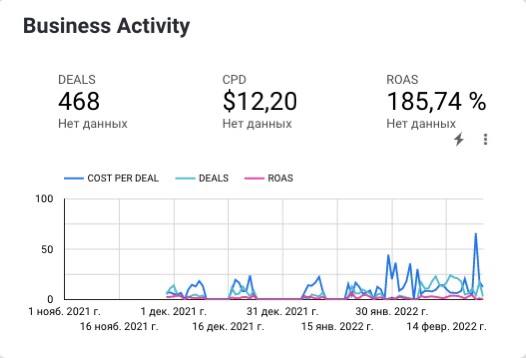
3. Checking advertising texts and creatives
To check the advertising materials, we engaged experts in a particular field of medicine, which was the subject of the next course on the platform.
Examples of text and creatives for advertising:
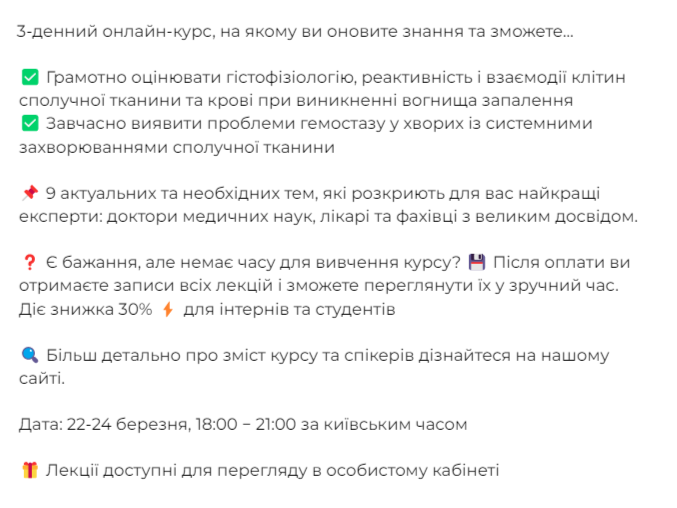


Results of our work
We set up a process for launching all advertising campaigns on time despite a large number of courses, monitored the results, and made changes promptly.
The numbers will tell you what happened:

Customer feedback
Remote marketing department for your business
The bonus part of the case
Does your online school launch 10 courses a week?
Our experience in automating course launches through a dynamic Facebook catalog will be useful to you. Although this is a great tool for e-commerce, we also use the dynamic catalog to promote online courses.
Facebook Dynamic Catalog allows you to scale your ad if you have a large number of products or services. That is, you can create one ad campaign instead of several. This type of advertising automatically shows relevant services and offers based on users’ interests, intentions, and behavior.
To launch a dynamic directory on Facebook, you only need to follow three steps.
Step 1. Gather the necessary materials:

Step 2. Create a Google Spreadsheet where you can place the above information:
Step 3. Upload it to a dynamic catalog and set up an advertising campaign.
There are two ways to launch course advertising
Way №1. Advertise each course one by one.
Settings Result
Way №2. Place all courses in one carousel
Done! Need to launch 5 more courses? Add them to the table > update your Facebook catalog > and after a while, they are already working.
Dynamic creatives. What is it and why is it effective?
Dynamic creatives are the ability to combine different elements of an ad: photo/video, text, headline, and CTA (call-to-action) with each other. This allows you to find the most effective combination and get the best result.
For example, to advertise a webinar, we can test 3 versions of the text: super short, mini-text, and medium in two versions. Below you can see the result for each of them:
You can test different creatives in the same way:
Pluses and minuses of dynamic creatives
The advantage of dynamic creatives is that Facebook ADS algorithms show users exactly what they usually respond to best. It can be a red color on a creative or long text, etc.
Disadvantages of this method:
— When analyzing the results of the promotion, it is not clear which combination brings sales. Therefore, we recommend relying on average sales figures;
— Some combinations may give poor results during the training phase and cannot be specifically disabled. However, Facebook ADS takes this into account and the averages will normalize over time.
How to find a narrow target audience?
Our experience shows that there are several tactics for finding a specific, limited segment of the target audience.
Tactic №1. Let’s immediately identify who we need.
Let’s look at the example of the Medvoice medical learning platform. If we need to launch a course for neonatologists, we write about it directly in advertising creatives and texts.
Tactic №2. We use databases from the CRM system.
When registering for a webinar or course, we ask for the doctor’s specialization. And in a year, we have thousands of doctors from certain fields of medicine.
What do we do next?
- Upload the database to Facebook ADS
- Set up ads for them or create a Look-alike audience.
A Look-alike audience is a cold audience that Facebook selects based on the original user base. This audience is similar to your actual customers in some way (gender, age, income, interests), and therefore may be interested in your advertising offer.
You can also use a blog on a website that is read by thousands of people. For example, you can take an article about neonatology and use Facebook ADS to create an audience of those who have visited it.
How do interests work in Facebook ADS? Pluses and minuses
Many specialists do not use interests at all because they do not always work correctly. Is it true? Let’s check how they work.
Example. The “Medicine” interest is also assigned to people who are subscribed to the pages of medical institutions. These can be doctors, patients, potential customers, and marketers, etc.
Solution. Use the most specific interests possible. For example, an anesthesiologist, a surgeon, medicine as a field of study, etc.
An experiment to show how interests work:
- Open the Facebook feed from a PC.
- Find the first advertisement.
- Click on the 3 dots.
- Select “Why am I seeing this ad?”.

By clicking on the first item, you will see all your interests. For the most part, they may be irrelevant or of interest to almost everyone.
Facebook Pixel and Broad Targeting
Facebook Pixel is a Facebook analytics tool that allows you to measure the effectiveness of your ads and study the actions of people on the site.
Facebook ADS algorithms absorb all the data available to it and, based on the audience collected from Facebook Pixel, look for a similar one. This can be called broad targeting, meaning that the settings only specify gender, geo, age, and device language.
Look-alike and Broad Targeting work similarly, but here’s the difference between their results:
Our conclusion. Broad targeting based on Facebook Pixel works better.
Subscribe to get more exciting and useful content about marketing.
